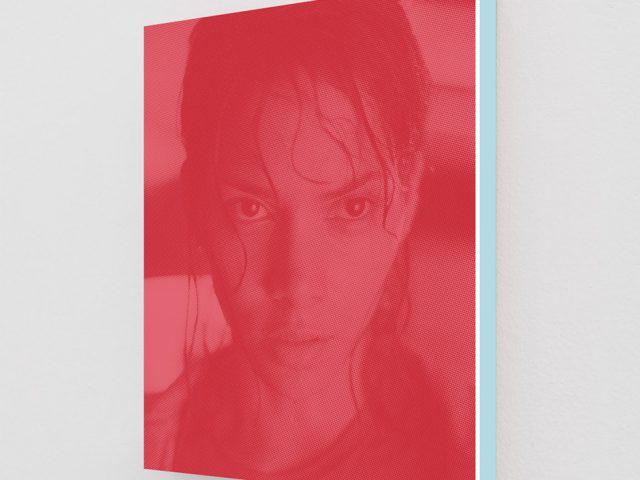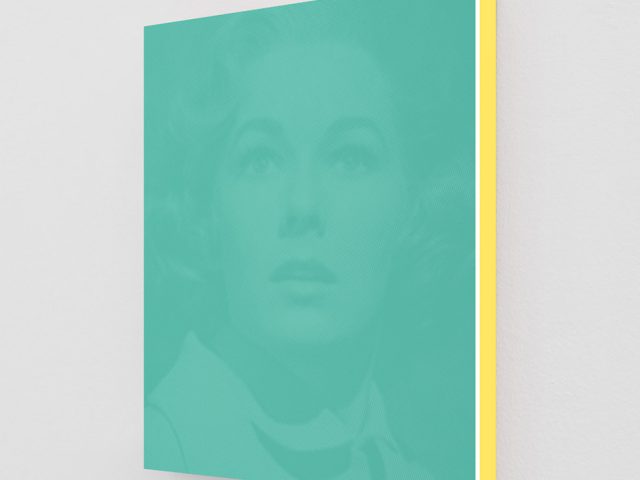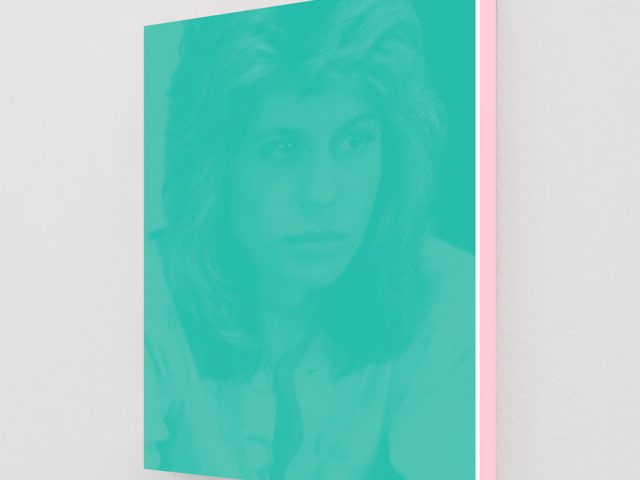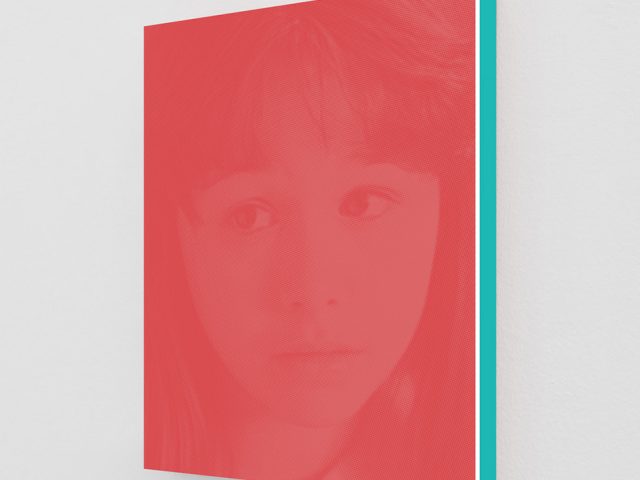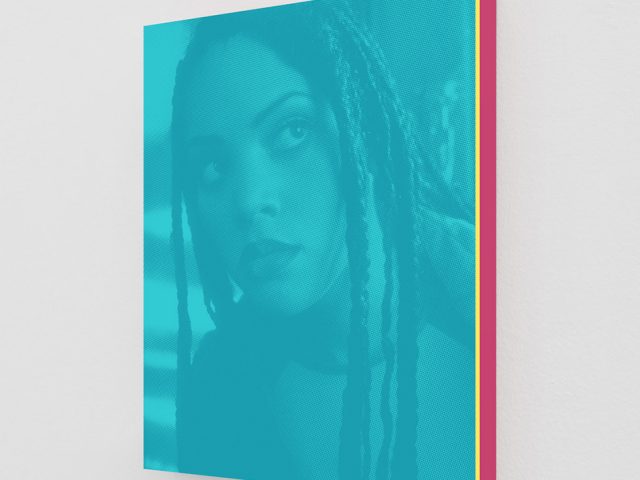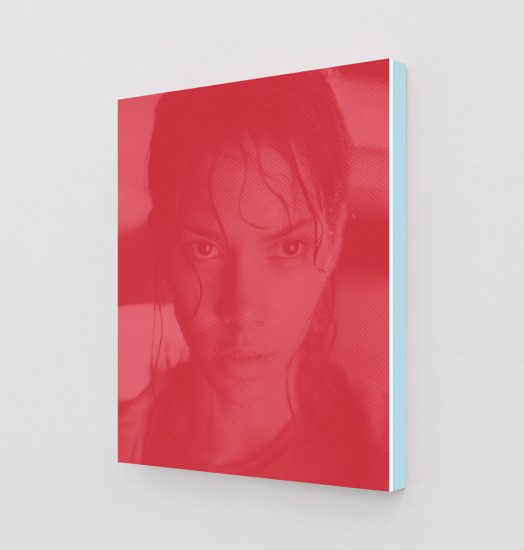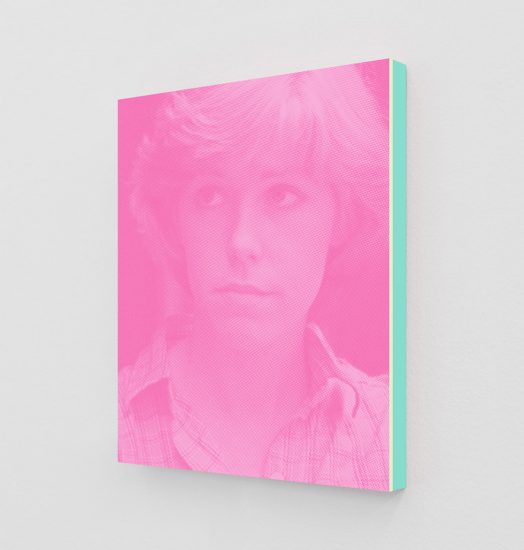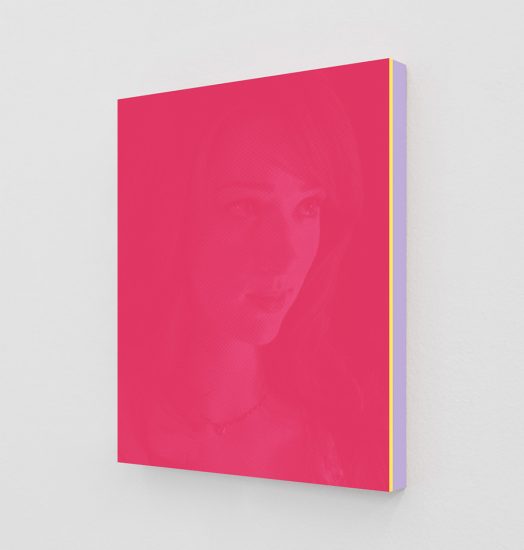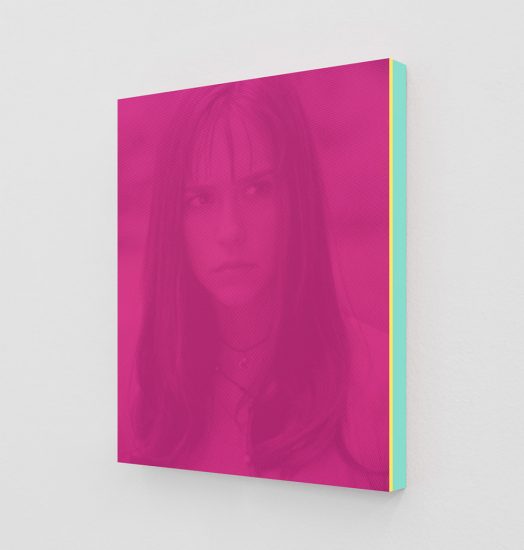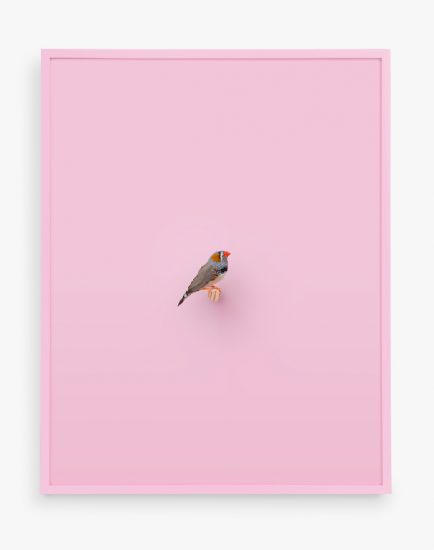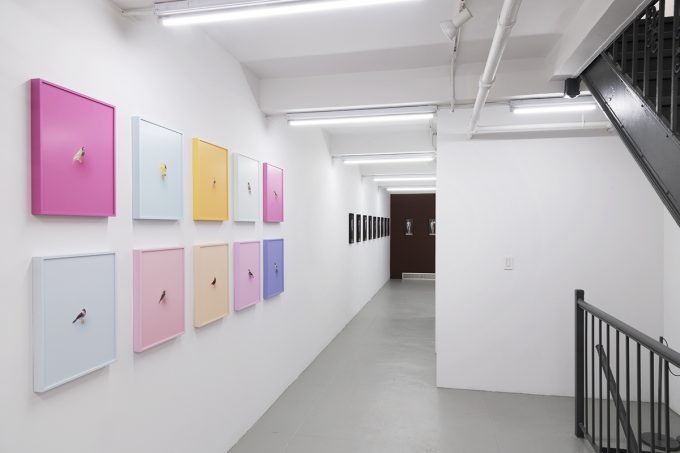October 29 – December 19, 2020
Opening reception:
Thursday, October 29, 2020
2:00 – 7:00 p.m.
ClampArt is pleased to announce Honduran-born artist Daniel Handal’s second solo show with the gallery. Titled “Final Girls and Other Work,” the exhibition includes three series: “Final Girls,” “Pajaritos,” and “Cranach Nudes.”
For his newest body of work, “Final Girls,” Handal directs his focus on a slice of culture which played a role in the zeitgeist of the time when he came of age in Central America—namely American horror movies of the 1970s and 80s. Horror movies reflect social anxieties of a given era and are directly linked to cultural preoccupations such as religious, social, and technological developments. Using imagery from such films, Handal makes screen prints of iconic portraits of lead female roles, known in film theory as final girls. Generally portrayed as a virtuous, boyish-looking heroine often with a gender-ambiguous name, the typical final girl is the story’s sole survivor-narrator, whose hard-fought triumph over evil blurs gender lines. She not only survives, the final girl conquers her oppressor. A common narrative choice for slasher films is to manipulate the viewer initially to identify with the villain, later shifting its identification to the victim-hero. Considering this duality and shift in alliance from male to female, the artist prints using two colors. Often the colors are so close in shade that each portrait mimics the experience of seeing in the dark or being blinded by light. In some cases, glow-in-the-dark ink is utilized for the flood base color, and the image is revealed in low light. Each print is then mounted to a museum box which has been painted with two additional colors on the sides, transforming these two-dimensional pieces into sculptural objects.
“Final Girls” is an exploration into popular culture and uses color to infuse film archetypes with new meaning and interpretation. At the heart of it, the series is about the tenacity of the human spirit and our ability to confront tough obstacles. Each final girl symbolizes our own battles and inspires us to believe, that no matter how difficult, we are able to overcome great challenges.
For the second body of work titled “Pajaritos,” Daniel Handal finds exotic bird keepers in New York City and travels to their homes with a portable studio resembling a pup tent with a variety of pastel-colored backdrops that include a place for a perch. He picks an appropriately hued backdrop to situate in the tent along with the owner’s bird, and as the subject flutters about, Handal shoots a portrait.
Due to their ability to soar far above the earth, birds universally represent the idea of freedom. Handal embraces this symbolism and employs the birds in a form of self-identification. The artist was raised in Honduras where “pajaros” is a derogatory term for gay men. Growing up in a machismo Hispanic culture, Handal struggled with his own sexuality as a youth, worried about his ability to be true to himself amidst the stringent societal pressure to conform.
Handal writes about his series “Pajaritos”: “With my project I embrace two cultural references: the constrictive idea that in our culture colors define gender—blue for boys, pink for girls—and the liberating realization that I can defy the expected by emphasizing the delicate beauty of birds with the flamboyant use of pastel colors. These conflicting ideas are both reconciliatory and cathartic; they are a deconstruction of gender roles.” Handal’s bird portraits celebrate beauty and visual pleasure. He comments: “They are . . . my way of transforming pretty into a statement of rebellion: the angelic beauty of canaries and finches resting on a perch in front of immaculate pastel-colored backgrounds are as much a statement of grace as a state of defiance.”
The photographs are printed with archival inks and mounted to Plexiglas. The frames are painted to match the predominant background color in each image. The framed dimensions of each are 19 x 15 inches with the bird represented life-size to scale.
Lastly, Handal’s project titled “Cranach Nudes” will also be on display. He writes: “In 2010 I visited Rome for the first time and came across a retrospective of the work of Lucas Cranach at the Galleria Borghese. I felt myself drawn to his full-length male and female nudes—Adam and Eve, Venus with Cupid—in terms of pose, background, format, and scale. As I wandered in the Borghese after viewing the show I realized how the characters and portrayals of figures from Greek and Roman myths overlapped with the saints from my Catholic upbringing and how the full-length Renaissance nude paintings referred back to the sculpture of Classical antiquity.” In this series Handal explores the way meaning is found through the gentle rake of light on flesh, the bend of an ankle or knee, the tip of a pelvis, the dip of a shoulder, or the turn of a neck. He sees his figure studies as palimpsests, in which each contemporary photographic image there is the shadow of both a Renaissance painting and classical sculpture.
Daniel Handal now lives and works in New York City. He received his BS in Applied Sciences from Rutgers University and studied photography at the International Center of Photography. His work centers on portraiture and explores issues of gender, sexuality, identity, and community. He has had a solo exhibition at the Brooklyn Public Library (Flatbush Branch) and has been shown in group exhibitions at the New Mexico Museum of Art, the Deborah Colton Gallery in Houston, and the powerHouse Arena in Brooklyn, among others. His work has been exhibited internationally at the Australian Centre for Photography and MKII in London. Handal’s photographs have been published in HuffPost, Slate, and Hyperallergic. He has been awarded residencies at The Millay Colony for the Arts, the Constance Saltonstall Foundation for the Arts, and the Center for Photography at Woodstock. Handal currently serves on the board of directors of Baxter St at the Camera Club of New York.






